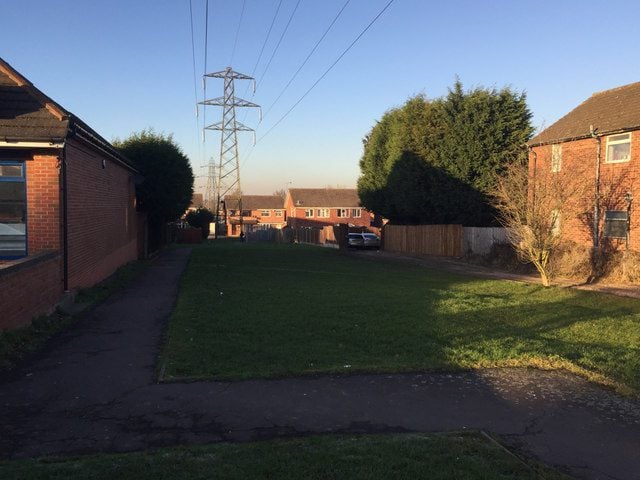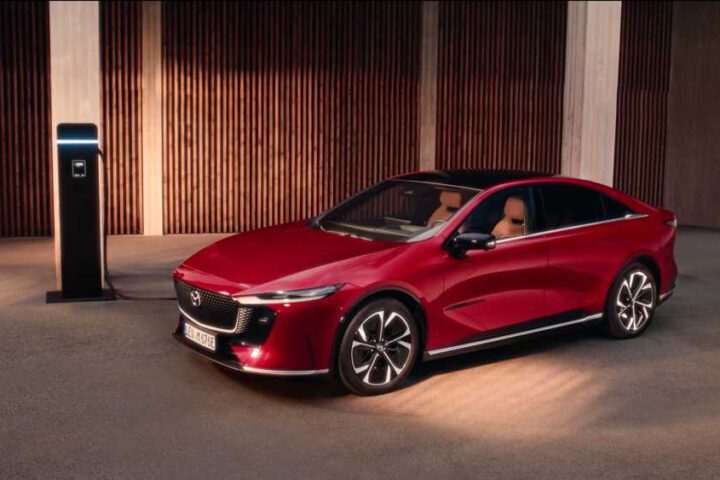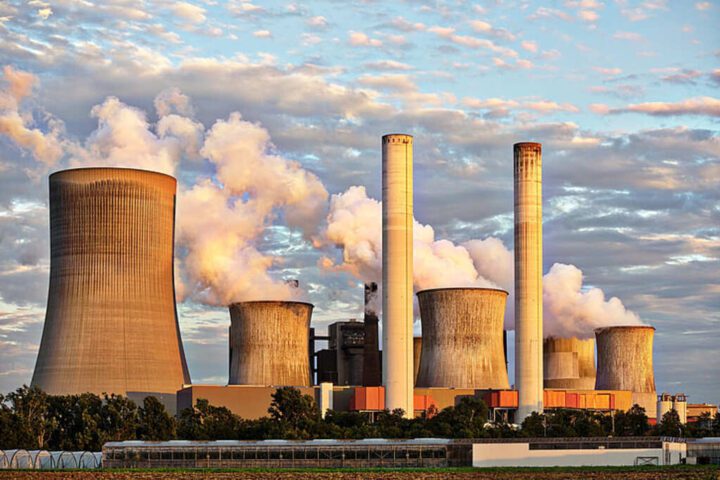Energy bills for millions of British households will climb, as regulator Ofgem announced yesterday. The price cap adjustment means typical dual-fuel homes will pay £1,755 yearly—up £35 from current rates. Ofgem’s announcement on August 27, 2025, adds another chapter to this saga – a 2% price cap hike starting October 1st.
The Cash Register Rings Again
You’ll soon fork out an extra £35 yearly if you’re among the roughly 63% of British households on default energy tariffs. The typical dual-fuel bill climbs to £1,755 annually – about £2.93 more each month.
The math behind this increase? Higher network and policy costs (including grid balancing and social schemes). When wind farms generate excess electricity that can’t be used, operators get paid to switch off – a costly inefficiency passed to consumers. Meanwhile, the expanded Warm Home Discount program adds around £1.42 per month to a typical bill.
Wholesale energy costs actually dropped slightly – but not enough to offset other rising components.
History Tells a Story
Today’s rates sit far below early 2023’s eye-watering peaks when theoretical annual costs topped £4,000. Cold comfort perhaps, but worth noting that without recent declines, we’d be paying much more.
The hard truth? Even after recent falls, typical bills remain roughly 35-45% above pre-crisis levels. The energy market has fundamentally reset to a higher plateau.
Standing charges – those fixed daily fees you pay regardless of usage – continue their upward march too. Standing charges rise on average this quarter, with gas up more than electricity; exact changes depend on your region and payment method.
Money Talks
Ofgem has noted signs of a healthier market, including more fixed-tariff options that can undercut the cap.
The numbers back this up. At the time of writing, the cheapest fixed deals can beat the cap by around £200 per year. Yet around two-thirds of households remain on default tariffs about to face this increase.
Payment methods matter in this calculation too. Direct debit customers pay least, with smart prepayment rates aligned with, or very close to, Direct Debit under the cap. Traditional prepayment meters and standard credit payments cost more.
Many EV drivers could save by switching to time-of-use tariffs that offer cheaper overnight rates; potential savings can be in the hundreds per year depending on mileage, charger, and tariff.
Winter Worries
Charities express mounting concerns about vulnerable households as colder months approach. Elderly and disabled consumers face particular challenges as the cap increase coincides with seasonal usage spikes.
Ofgem requires suppliers to support customers who can’t pay (e.g., realistic repayment plans and emergency credit) and is tightening standards further, including proactive support measures.
This comes alongside Ofgem’s approval of multi-billion-pound investment packages for network upgrades – the regulator has given provisional green light to around £24bn in transmission investments.
The current cap covers October through December, with the next adjustment for January-March 2026 to be announced on November 25, 2025.
Wholesale outlook is uncertain and sensitive to geopolitical risks – though in four decades of energy reporting, I’ve learned surprises often lurk just around the corner.
Plain Facts
The energy price cap increases 2% from October 1, 2025, raising typical dual-fuel bills to £1,755, a £35 yearly increase. The report covered the factors driving the increase, payment options affecting costs, considerations for EV owners, and consumer protections available to vulnerable households.



















